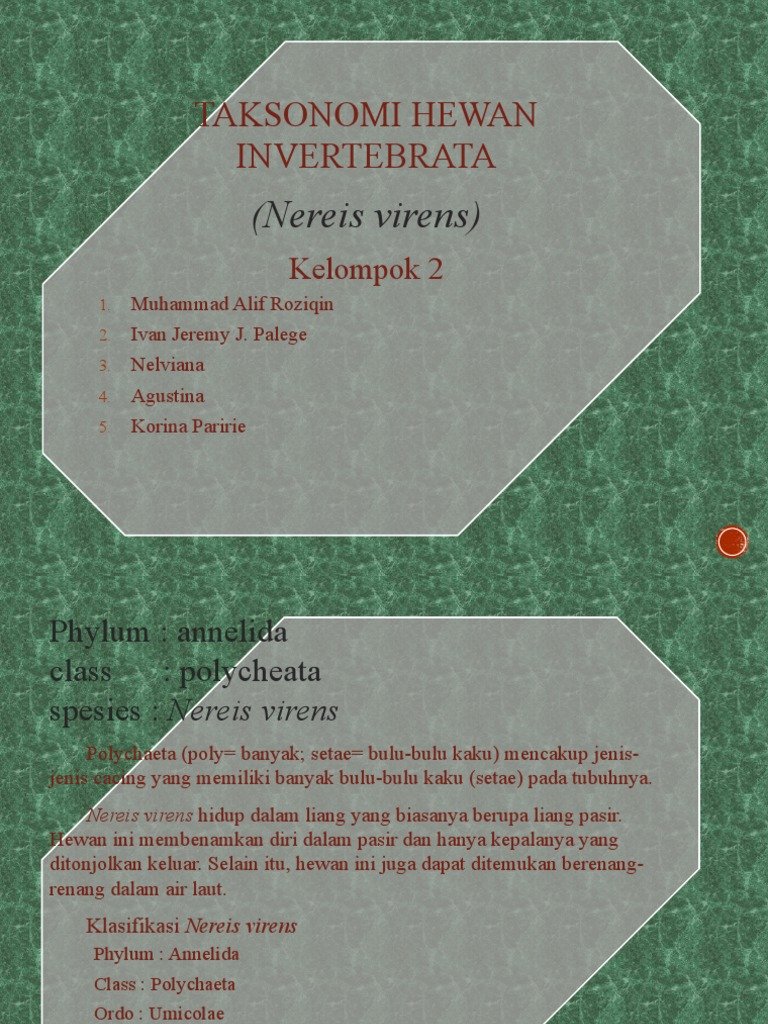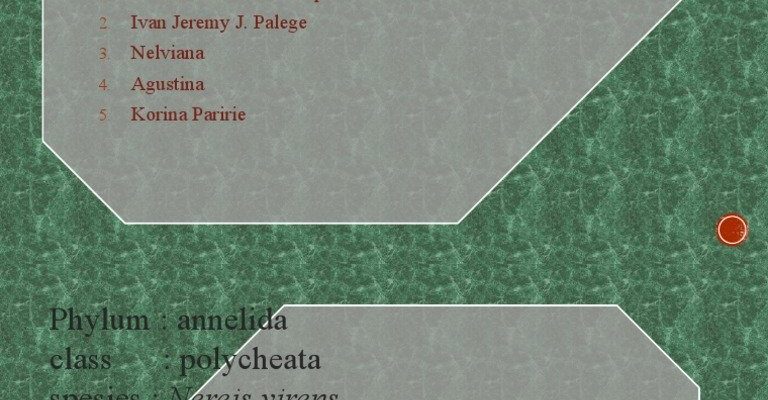
Nereis virens, also known as the sandworm, is a species of polychaete that lives in shallow coastal waters. It’s often used in scientific research because of its unique biology and behavior. This worm can inspire students’ curiosity about marine ecosystems, anatomy, and even environmental science. Let’s dive deeper into how you can use Nereis virens in your school science demonstrations to engage students and spark their interest in biology.
What is Nereis Virens?
First off, let’s break down what exactly Nereis virens is. This marine worm can grow up to about 10 inches long, featuring a segmented body covered in bristles called chaetae. These chaetae not only help Nereis virens travel through sandy or muddy substrates but also make it quite the intriguing subject for observation. You might think of them as the worm version of a trusty hiking boot, gripping tightly to the ground as they navigate their environment.
These worms thrive in estuarine environments, often found buried in sand or mud. They’re not just your average worm; they play an essential role in their ecosystem. They help aerate the sediment and are part of the food web, serving as snacks for fish and birds. Through demonstrations, students can learn about these ecological relationships, understanding how organisms interact with each other and their surroundings.
One of the best parts? Nereis virens is relatively easy to obtain for educational purposes, often available from biological supply companies or even fishing bait shops. This accessibility makes it a practical choice for teachers looking to incorporate live specimens into their lessons.
Setting Up Your Demonstration
Now, you might be wondering how to set up a successful demonstration using Nereis virens. Start by creating a suitable habitat for your sandworms. You can use a clear aquarium filled with marine or brackish water. A mix of sand and mud will help replicate their natural environment. While setting this up, students can observe the worms as they burrow, offering a live-action lesson on how these creatures adapt to their surroundings.
When it comes to temperature, keeping the water cool (around 15-20°C) is crucial. This mimics the conditions of their natural habitat. You can also add a few rocks or pieces of driftwood to your setup. Students will love watching the worms explore their new home, and it sparks plenty of questions. How do they move? What do they eat? This hands-on experience makes biology tangible and exciting.
Additionally, consider using a simple light source to enhance visibility. Observing the worms’ movement and behaviors under proper lighting will allow students to see details they might miss otherwise. You can even get them involved by taking turns observing how the sandworms react to light or touch.
Teaching Anatomy and Physiology
One of the fascinating aspects of Nereis virens is its anatomy. With its segmented body and unique adaptations, this sandworm provides an excellent opportunity to dive into the world of anatomy and physiology. Discuss the worm’s head, which is equipped with sensory tentacles, and let students explore how these features help it survive in its environment.
To make this lesson even more engaging, consider using diagrams or models of the worm’s anatomy. This can enhance understanding by giving students a visual to refer to. When students connect the dots between what they see in the aquarium and the diagrams, it reinforces their learning.
You can also introduce basic concepts of taxonomy and how scientists classify organisms. By discussing how Nereis virens fits into the broader classification of organisms, students will gain insight into the diversity of life on Earth. You might even encourage them to research other related species, sparking their curiosity about marine biology.
Observing Behavior in Real-Time
One of the most exciting parts about using Nereis virens is the chance to observe their behavior in real-time. For example, you can introduce activities that allow students to see how these worms respond to different stimuli. This could include variations in light, temperature changes, or even the introduction of food.
You might set up a simple experiment where students dim the lights to observe how the worms react. Do they burrow deeper, or do they come to the surface? This hands-on observation teaches students about the scientific method as they formulate hypotheses and draw conclusions. It’s a direct way to demonstrate concepts like *stimulus-response*, which can sometimes feel abstract in textbooks.
Another engaging idea is to let students create a food chain activity. By understanding where Nereis virens fits in the marine ecosystem—both as a predator and prey—they can visualize how energy flows in an environment. This gives a practical application to their theoretical knowledge and fosters critical thinking.
Environmental Impact and Conservation
Using Nereis virens in your demonstrations isn’t just about the fun and excitement—it also opens the door to discussing important topics like environmental conservation. The habitats where these worms thrive are often affected by human activities. This provides an opportunity to engage students in conversations about how pollution, climate change, and habitat destruction can impact marine life.
You might explore topics like estuary conservation, discussing why these environments are crucial for many species and how students can get involved in preserving them. You could even organize a local beach clean-up or a fundraising event to help protect marine habitats. This fosters a sense of responsibility and connection to the natural world.
Incorporating real-world implications into your lessons can help students see the relevance of their studies and inspire them to become advocates for environmental stewardship.
Alternative Approaches to Using Nereis Virens
While using Nereis virens in demonstrations offers plenty of learning opportunities, there are also alternative approaches that can enhance your lessons. For instance, you might consider comparing Nereis virens with other marine organisms, such as polychaetes or mollusks. This helps students understand the diversity of life in aquatic ecosystems and encourages them to appreciate the differences among species.
You could also integrate virtual simulations or multimedia resources that showcase marine environments and their inhabitants. These tools can provide context and deepen students’ understanding of the ecosystems where Nereis virens lives. If a live specimen isn’t feasible, documentaries or interactive models can still pique students’ interest.
Another option is to supplement your lessons with guest speakers from marine biology fields or local aquariums. Hearing from professionals can inspire students and provide insights into potential career paths in science.
Integrating Nereis virens into your school science demonstrations brings a rich, interactive experience to your classroom. This adaptable marine worm not only captivates students but also serves as a springboard for exploring vital concepts in biology and ecology. By observing its behavior, discussing its role in the ecosystem, and engaging with real-life environmental issues, you can ignite a passion for science in your students.
So, the next time you’re planning a science lesson, consider how Nereis virens can come into play. With a little creativity and enthusiasm, you can transform your classroom into a vibrant, dynamic learning environment that inspires and educates. Who knows? This little worm could be the catalyst for a lifelong love of science in your students!

